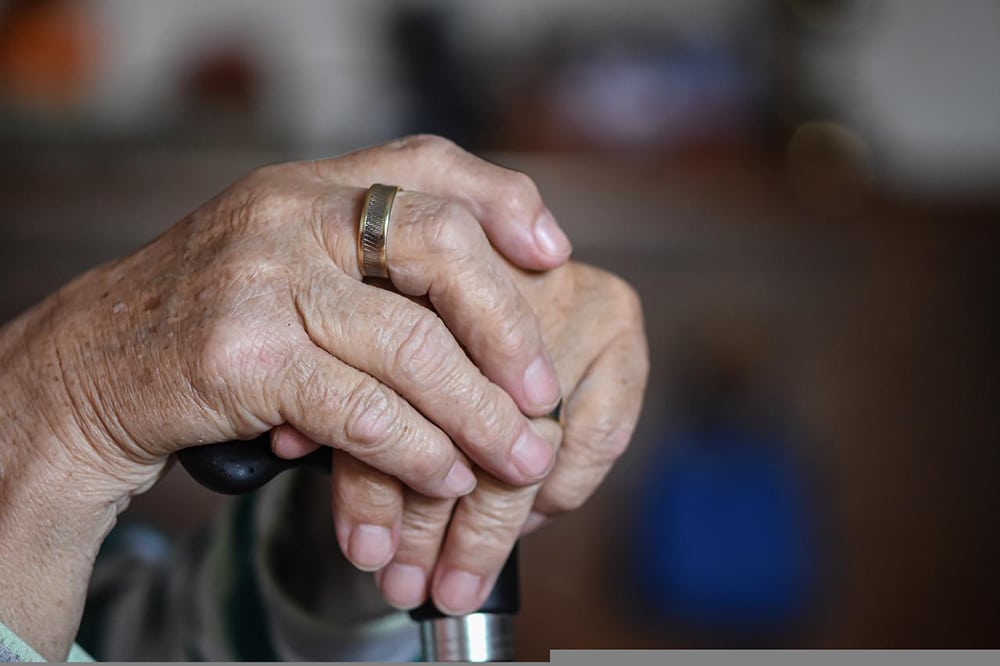The decision to put a family member in a nursing home is a painstaking one for many families. They worry about their incapacitated or elderly loved ones feeling abandoned by them. They also worry about the quality of care they’re going to receive at these facilities’ hands, especially given the high resident-to-staff ratios.
Many families will spend significant time researching then visiting these facilities before ultimately deciding to commit to a particular nursing or assisted living facility. They do that to minimize the chances of their loved one experiencing health declines, such as contracting an infection.
There are some infections that nursing home residents have to worry about contracting more than others. A discussion of these and how they may shed light on abuse or neglect that’s happening at your loved one’s facility will be unpacked below.
Infections That Are Common Among Nursing Home Residents
One study published in the Clinical Infectious Diseases journal and subsequent studies have described the following infections as most commonly occurring in nursing homes:
Urinary Tract Infections
The older we get, the weaker our bladders become and the more challenging it becomes for us to get around. While some nursing home residents may not face any challenges finding someone to aid them in relieving themselves, others might. It only takes a few hours of urine remaining in the bladder to grow bacteria. That bacterial growth tends to spread quickly to the urinary tract, resulting in a urinary tract infection (UTI).
Improper hygiene, such as when a resident’s wet or soiled diaper or catheter isn’t changed fast enough, may also result in the overgrowth of bad bacteria such as mycoplasma, chlamydia, and escherichia coli (E. coli). It may make its way into a nursing home resident’s urethra.
UTI symptoms include:
- Cloudy, dark, blood-rich, or strong-smelling urine
- A burning sensation when you urinate
- Lateral, lower abdomen, or back discomfort or pain
- A chronic feeling that you need to urinate
Nursing home staff members should ensure that their residents:
- Drink adequate amounts of water
- Are frequently aided to the restroom
- Are regularly wiped down or bathed
- Have their diapers changed
All of these will minimize the chances of UTIs developing.
A UTI left untreated may develop into sepsis and quickly spread through a resident’s bloodstream, resulting in their death.
Soft Tissue or Skin Infections
Bedsores, also known as pressure sores, are perhaps the most common soft tissue or skin infection that nursing home residents experience. These are ulcers that appear on a person’s skin if they’ve been laying or sitting in the same position for an extended time. This type of soft tissue injury is more common among residents with sensory or mobility issues, including comatose or paralyzed individuals and others who rely on wheelchairs to get around.
Pressure sores most commonly develop along individuals’:
- Knees
- Rear portions of the head
- Heels
- Buttocks
- Hips
- Shoulder blades
Bedsores generally start as a small yet painful red patch along the skin. That inflamed area may become increasingly tender, and either a scrape or blister may form atop it. If left untreated, the bedsore can permeate to deeper skin layers, giving way to what looks like a crater. The initial ulcer’s appearance will only continue to morph in appearance as it goes untreated, ultimately damaging a person’s muscles, tendons, joints, and bones.
Much like UTIs, nursing home residents’ pressure sores are a common nursing home infection, yet completely preventable provided their caregivers:
- Ensure residents receive good skin hygiene
- Reposition bedridden residents no more than every two hours
- Adequately pad wheelchairs and beds
- Reposition wheelchair-bound residents no more than every 15 minutes
The earlier caregivers catch a bedsore, the easier it is to treat it and prevent further irreparable damage.
Respiratory and Other Infectious Diseases
The spread of infectious diseases such as hepatitis and meningitis along with the following respiratory illnesses is sadly quite common in nursing homes:
- Pneumonia
- Tuberculosis
- The flu
- Coronavirus
Various factors can be blamed for the spread of these medical conditions in assisted living facilities, including:
- A lack of an overall facility cleanliness protocol, such as regularly cleaning hard surfaces
- Cost-cutting measures, such as not purchasing and installing high-efficiency particulate air (HEPA) filters
- Poor patient-to-patient caregiving protocol, including not having and enforcing policies requiring the use and change of gloves and masks
Respiratory and other communicable diseases may also be spread in nursing homes because facilities like these don’t have an adequate visitor screening policy to determine if they’re sick (and prohibit their entry if so). The same logic may also apply if workers are discouraged from calling in sick when they are ill.
Reasons Why Nursing Home Residents Contract Infections
Although there are many differences between the different infections described above, research shows that there are some common reasons why these conditions emerge in nursing home or assisted living environments. There are a few reasons they do, including:
Inadequate Staffing to Properly Care for Patients
Some patients may need to receive treatments at certain intervals or be rotated every so often to cure an infection or stave off a new one. Short staffing may also mean that residents can’t use the restroom or don’t receive baths as often as they should, leading to the onset or worsening of an infection. Understaffing may even lead to problems in maintaining facility cleanliness, another factor that could give way to a prime breeding ground for infection-causing germs to spread.
Poor Communication Between Caregivers
It’s important that caregivers place notes in a resident’s file confirming when they:
- Rotated them in their beds
- Repositioned them in their wheelchairs
- Changed their catheter
- Took them to the restroom
- Replaced their diaper
- Administered medication to them
- Helped them to the restroom
- Bathed them
- Combed their hair
- Changed their bandages
- Fed them
Ineffective communication about these occurrences between staff members can lead to nursing home residents receiving inadequate care. It’s imperative that one staff member tells the other about what they’ve done and what still needs to happen. Instances in which this doesn’t occur may lead to a resident becoming dehydrated or malnourished, affect their mental health, and give way to the development of an infection.
Inadequate Hiring or Training Practices
Nursing homes have long been cited as having staffing shortage issues and not providing adequate training for their workers, situations that have often been attributed to owners’ cost-cutting measures (as described above).
These assisted living facilities were already plagued with difficulties finding qualified workers due to the notoriously low pay for the workload performed. The emergence of the coronavirus pandemic only magnified these recruiting challenges.
Worker incompetence is bad enough, but when facilities expect their staff to get up to speed by learning on the job instead of undergoing formal training, it makes matters worse. Ask any nursing home abuse lawyer, and they’ll advise you that resident infection rates tend to be higher in environments where recruiting and training processes are lax.
Where To Turn for Help if You Suspect Nursing Home Abuse or Neglect
Many of the different factors described above that give way to nursing home resident infections are preventable. Philadelphia nursing home leadership must prioritize residents’ health and safety over cutting costs or quickly filling job vacancies with anyone they can find to keep infections at bay.
A situation in which a nursing home failed to prioritize your loved one’s health, resulting in adverse outcomes, may rise to the level of abuse or neglect. You may be able to recover damages, including medical costs and noneconomic ones such as pain and suffering in situations like this.
Schedule a consultation with one of our nursing home abuse attorneys here at Shrager, Sachs, & Blanco to share the details of your loved one’s case and learn your legal options.









